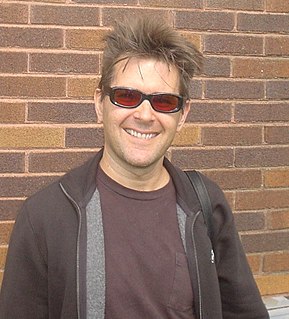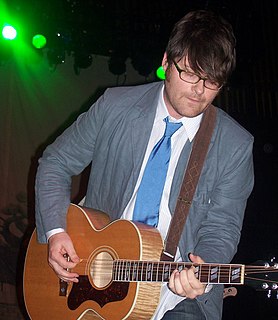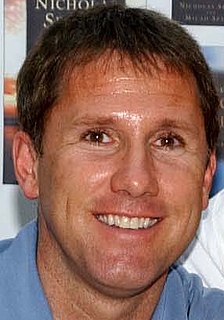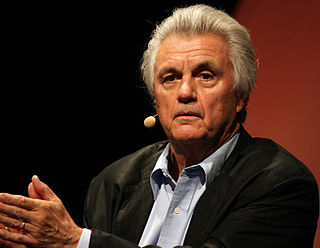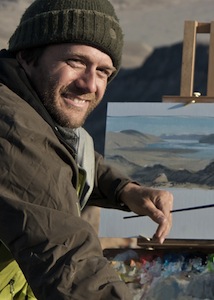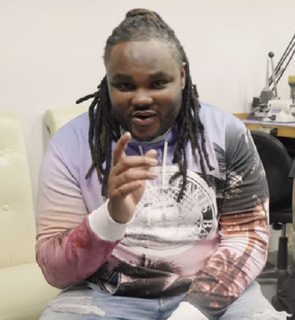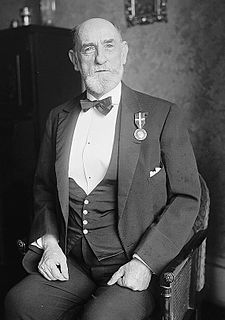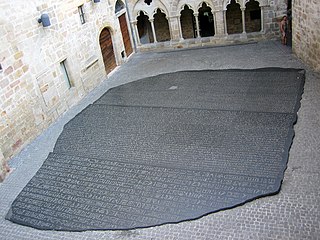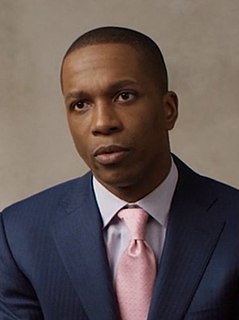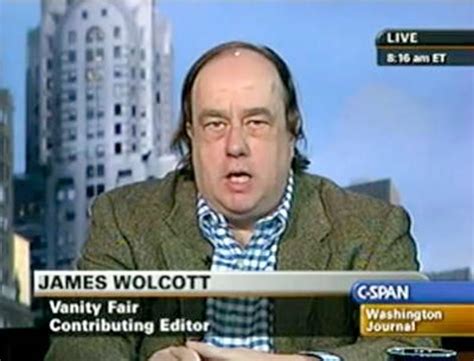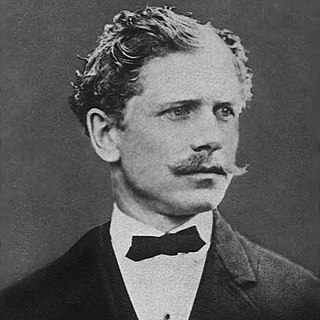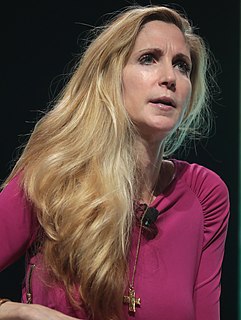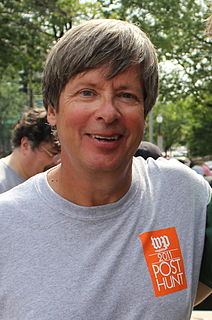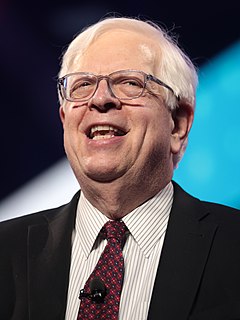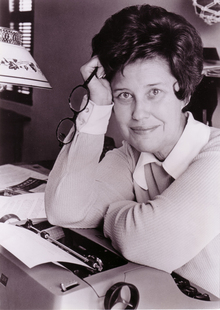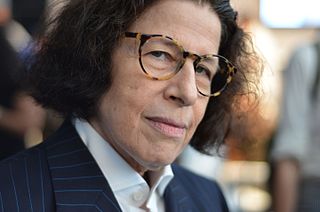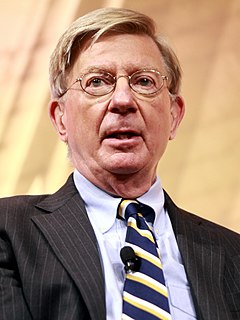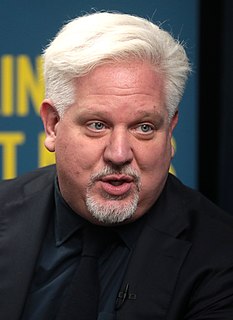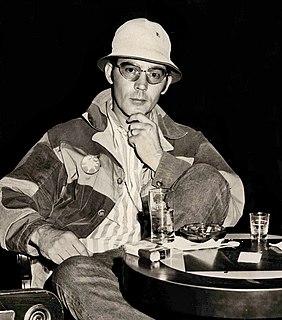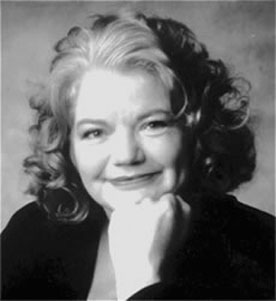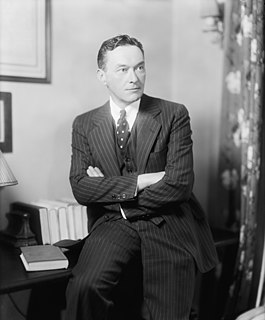A Quote by Mark Frauenfelder
My friend Josh Glenn compiles terrific lists of genre novels from the mid-20th century. His latest is a list of the ten best adventure novels of 1966. Josh also includes the cover art of early editions of the books, which are always much better than the art on newer editions. I want to read every book in this list!
Related Quotes
It is worth remembering that every writer begins with a naively physical notion of what art is. A book for him or her is not an expression or a series of expressions, but literally a volume, a prism with six rectangular sides made of thin sheets of papers which should include a cover, an inside cover, an epigraph in italics, a preface, nine or ten parts with some verses at the beginning, a table of contents, an ex libris with an hourglass and a Latin phrase, a brief list of errata, some blank pages, a colophon and a publication notice: objects that are known to constitute the art of writing.
Forget your ideas about art. Make a shopping list of everything you like about what you've done. Include qualities that you've seen in your life, in the world, and possibly in art that you like. Take this list and make a work that satisfies all of the things on your list without caring if it looks like art.
